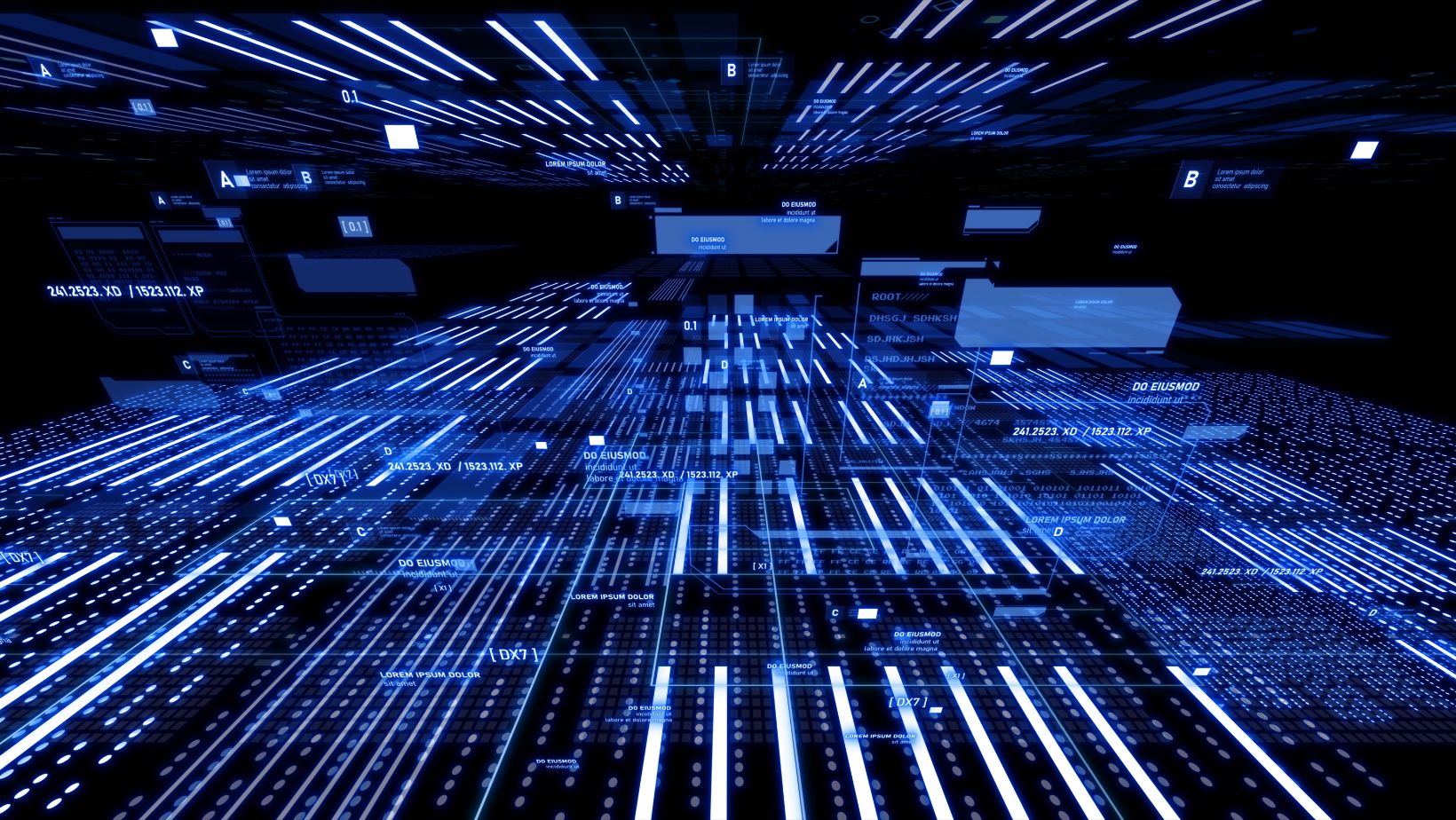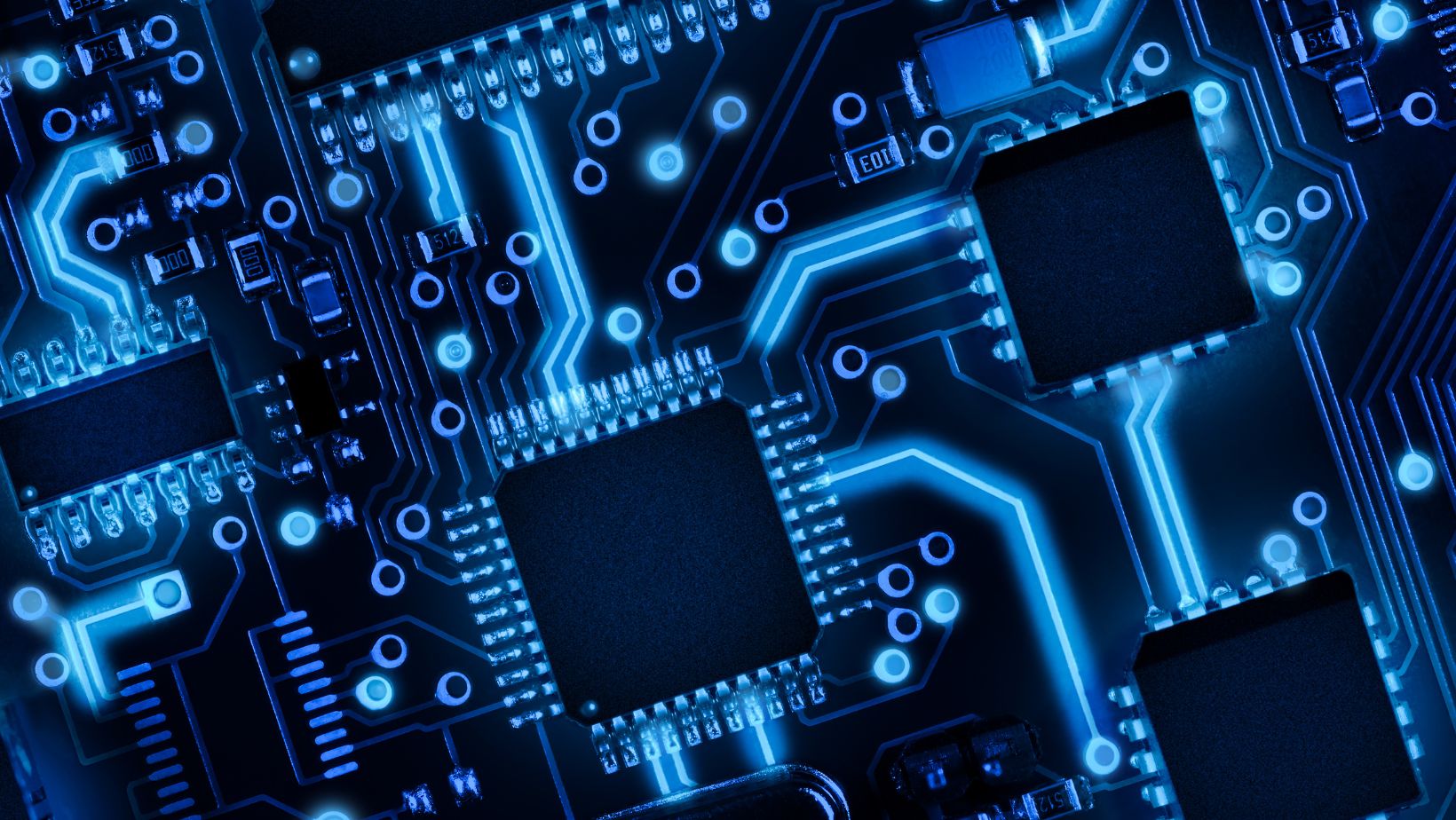Imagine an internet that knows you, but not just in the way cookies track your searches or social media algorithms predict your next move. This is deeper. This is the rise of synthetic identities—fully digital versions of individuals that don’t just mimic behavior but adapt in real-time, evolving alongside the people they represent. It’s not sci-fi anymore. These digital counterparts are already being tested in ways that could completely change social interactions, work, entertainment, and even the way businesses operate.
When Digital Identity Becomes More Than Just a Profile
For years, online identity has been tied to usernames, avatars, and whatever people decide to share. But those have always been static representations. A person’s digital presence in one space has never had the ability to shift based on new experiences, changes in opinion, or real-time emotions. That’s what makes this different.
Now, synthetic identities are being developed with dynamic, self-learning capabilities, meaning they can adapt based on input from their human counterpart. Think of it as a hyper-personalized version of you, a digital twin that interacts with others online in ways that feel just as natural as real-life conversations. The biggest draw? It could completely redefine how people interact with content, brands, and even each other.
This is already being tested in international tech business sectors, where digital identity isn’t just a gimmick—it’s a tool. Companies are experimenting with synthetic employees that learn from human co-workers, develop personalized workflows, and even communicate across global teams in a way that feels almost indistinguishable from human interaction. The technology is still early, but the implications are massive.
The Social Shift: More Than Just an Online Persona
If there’s one place where synthetic identities are expected to take off first, it’s social media. Right now, platforms are filled with carefully curated versions of people’s lives—highlights, opinions, and conversations that only show part of the story. But what happens when a person’s digital counterpart isn’t just a highlight reel, but an interactive, evolving extension of themselves?
This opens up an entirely new way to engage online. Imagine a world where influencers don’t just post content but have digital versions of themselves interacting with followers, answering questions in real time, and even adapting to different audiences. That’s already being tested with AI-driven accounts designed to engage with users in ways that go beyond automated responses.
There’s also the potential for social engagement without burnout. Instead of keeping up with every message, comment, or trending topic, a digital counterpart could step in, responding authentically based on past interactions and personal preferences. The technology isn’t perfect yet, but it’s heading in a direction where personal digital assistants could feel less robotic and more like actual extensions of the people they represent.
The Entertainment Industry’s Next Big Disruption
Entertainment has always been an early adopter of digital innovation, and synthetic identities are no exception. From virtual influencers to AI-generated scripts, the industry is leaning into tech in a way that blurs the lines between human creativity and digital creation. But there’s one area where things are getting particularly interesting: personalized content creation.
With an AI video generator, synthetic identities are making it possible to produce personalized media in ways that weren’t feasible before. This goes beyond algorithm-driven recommendations. It means tailored entertainment—movies, music, and interactive experiences that shift based on individual preferences, moods, and even real-time feedback.

Gaming is already pushing into this space, with dynamic NPCs that react differently depending on a player’s choices, learning and adapting over time. But it’s not just about making video games feel more alive. It’s about an entertainment landscape where content isn’t just made for the masses but fine-tuned for individuals, creating a level of immersion that wasn’t possible until now.
The Product That Will Change Everything
One of the most exciting applications of synthetic identities is in the world of digital representation. That’s where an AI avatar generator comes in. Unlike traditional digital avatars that are manually designed and static, these are fully adaptive, responding to voice, expressions, and even emotions. They aren’t just digital puppets—they’re fluid, expressive, and capable of real-time interaction in ways that feel almost human.
This kind of technology is expected to have massive implications for remote work, virtual meetings, and even digital fashion. Instead of logging into a virtual meeting as a flat profile picture or an awkwardly animated character, professionals could send their synthetic identities—ones that move, react, and express emotions as naturally as they do in real life.

It also opens up an entirely new industry of virtual brand ambassadors. Instead of human influencers juggling dozens of brand deals, synthetic identities could be designed to represent companies, products, or even entire campaigns. These digital representatives could engage with audiences, answer questions, and create personalized interactions at scale.
A Future Where Digital and Physical Merge
The most interesting part of all this? The way synthetic identities could shift how people see themselves. Right now, digital presence is something separate from reality—carefully managed, curated, and often disconnected from real-life interactions. But as this technology develops, the line between physical and digital identities is going to blur.
It won’t be just about logging into social media or participating in online discussions. It’ll be about having a digital counterpart that truly represents who someone is, in real time, across multiple spaces. And while the technology is still evolving, one thing is certain: synthetic identities aren’t just another trend. They’re about to redefine everything.




